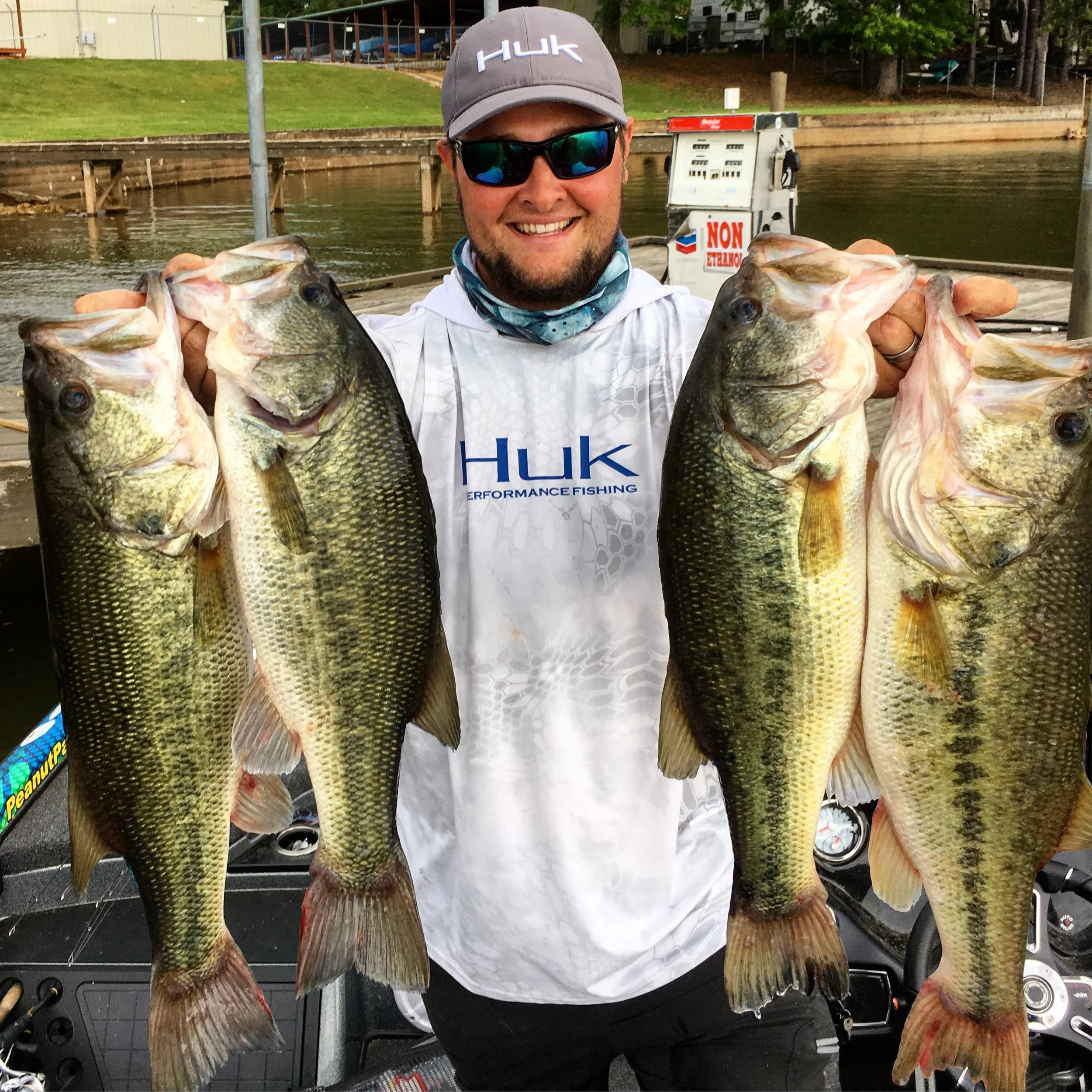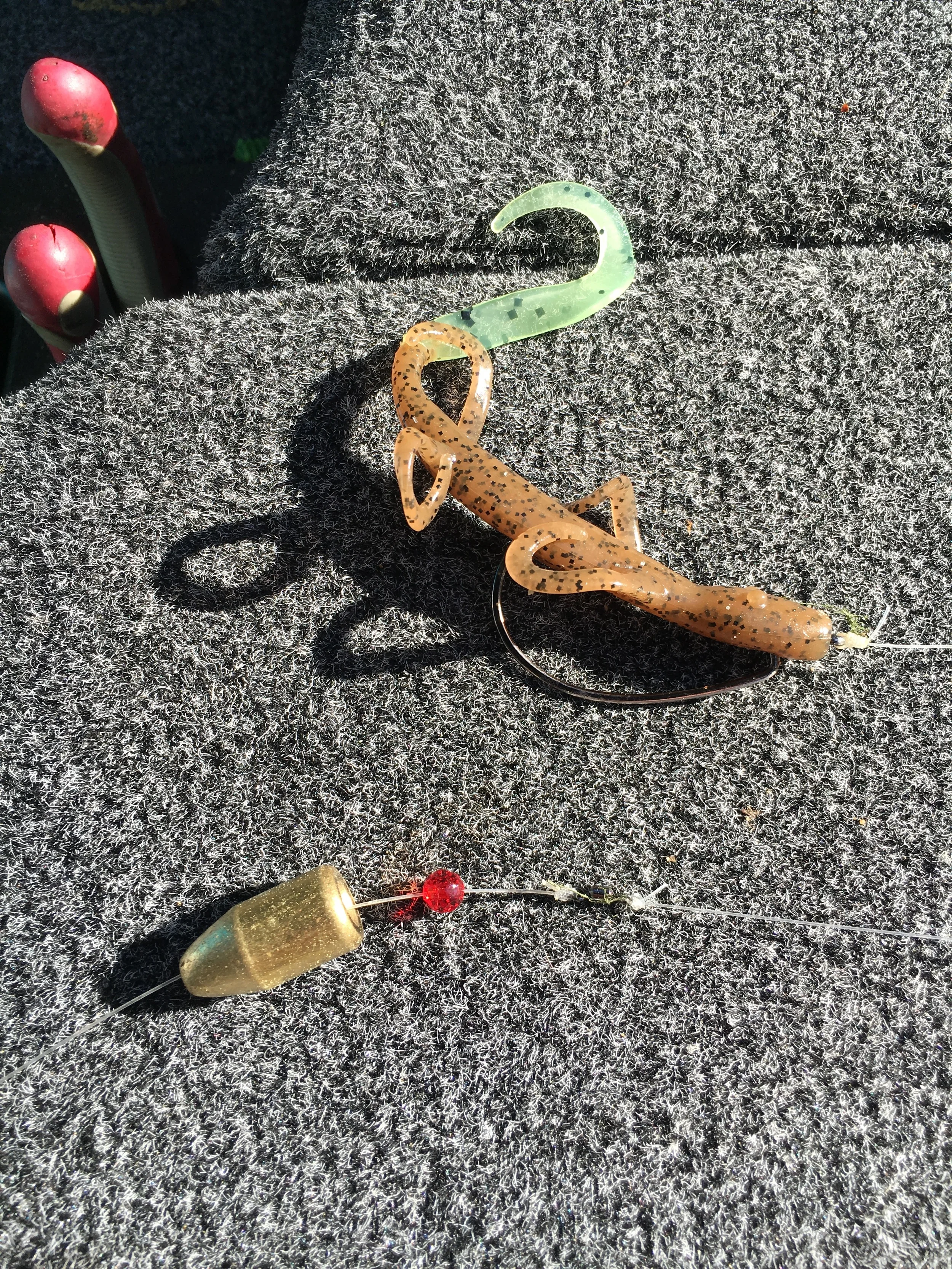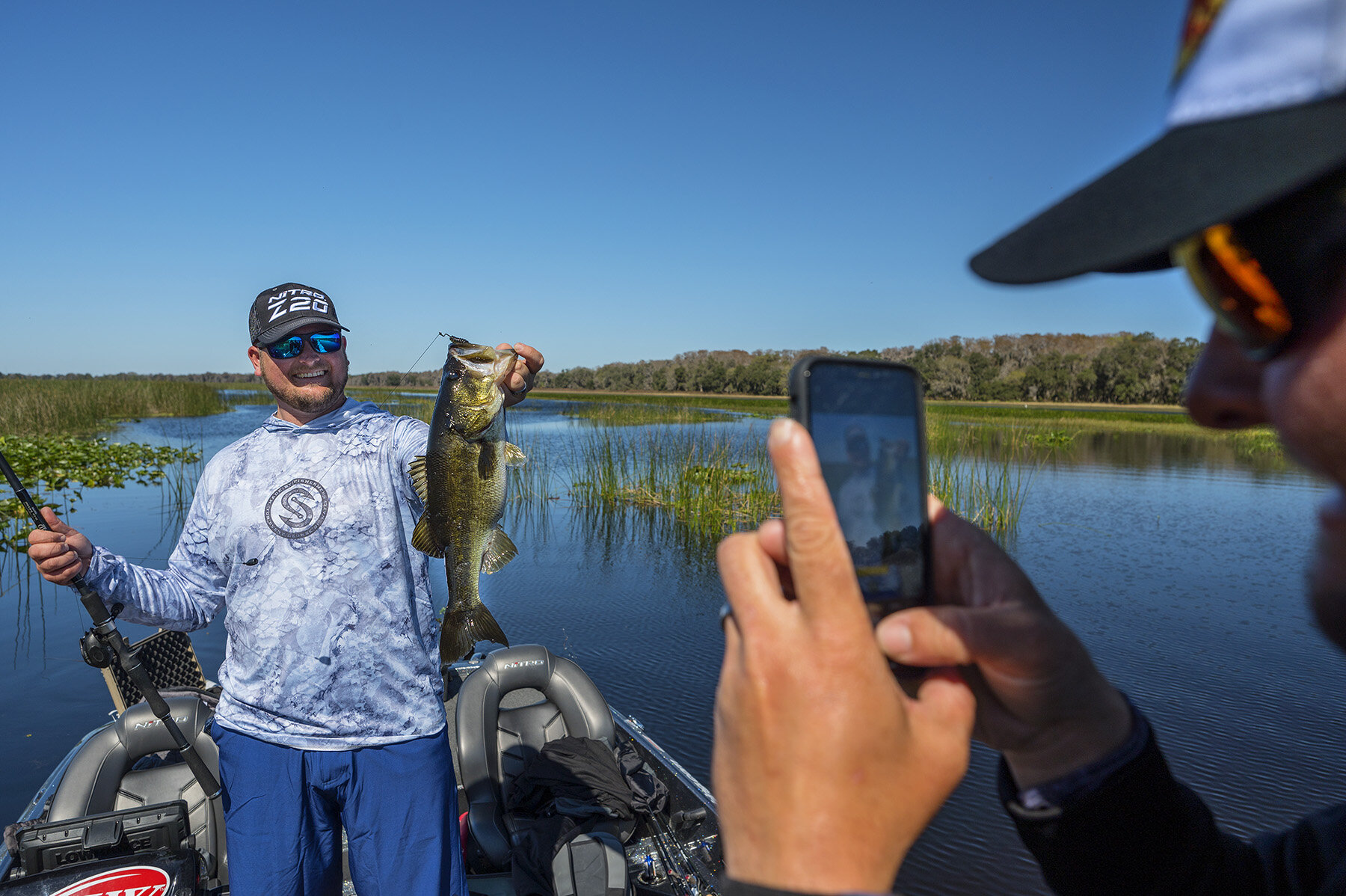Question: I live in New England and I have been bass fishing for 30 years where I live in Massachusetts. On Cape Cod there are a lot of small ponds and lakes and every year the fish start bedding in the third week in march but the weather is not stable what's your thoughts on catching lots of big smallies in the water I fish. -Ron
Answer:
Ron, you are bringing me back to my youth with that question!
Of the many places that I have lived across the country, the New England still holds a special place in my soul.
Early in my younger years I was introduced to bass fishing through our lake house in north-western Connecticut, where we had a wonderful native population of big Smallmouth. Over the years I narrowed down a handful of proven tactics for these small New England lakes and ponds.
Tried & True Tube
As hard as I tried to find a better technique for catching early season Smallmouth, none were as effective as a tube.
A tube is a special bait because, it has a tantalizing glide as it falls and also imitates a crawfish very well while being worked on a rocky bottom, which is exactly where these Smallmouth like to hang around in the early spring.
With rocks providing warmth on sunny days, habitat for crawfish, as well as suitable bottom composition for the Smallmouth to fan a nest when the time comes, rocky flats are the places that I prefer to focus on. On my lake in Connecticut, the best rocky flats were the ones that had deeper water close by, which offered the Smallies access to different depth zones without having to move far during adverse weather- and the tube was the best bait for this presentation.
There are a lot of tubes out there, but I prefer finesse tubes, like the Zman EZ TubeZ, which have a narrower profile and appeal to the fish that live in the clear water that seems to be the norm in these small lakes and ponds. I generally like a natural color that matches the color of the bottom, like a green pumpkin or brown. One of my favorite colors is the Canada Craw color from Zman.



































Living in an area that doesn’t have a winter season can seem like a blessing to boaters. You don’t have to worry about winterizing your boat or protecting it from the snow and freezing temperatures. However, living in sunny climates can also be a bad thing for your boat. Constant exposure from the sun’s UV rays can cause damage to different parts of your boat, resulting in avoidable repairs and costs.